Archives
- 2018-07
- 2018-10
- 2018-11
- 2019-04
- 2019-05
- 2019-06
- 2019-07
- 2019-08
- 2019-09
- 2019-10
- 2019-11
- 2019-12
- 2020-01
- 2020-02
- 2020-03
- 2020-04
- 2020-05
- 2020-06
- 2020-07
- 2020-08
- 2020-09
- 2020-10
- 2020-11
- 2020-12
- 2021-01
- 2021-02
- 2021-03
- 2021-04
- 2021-05
- 2021-06
- 2021-07
- 2021-08
- 2021-09
- 2021-10
- 2021-11
- 2021-12
- 2022-01
- 2022-02
- 2022-03
- 2022-04
- 2022-05
- 2022-06
- 2022-07
- 2022-08
- 2022-09
- 2022-10
- 2022-11
- 2022-12
- 2023-01
- 2023-02
- 2023-03
- 2023-04
- 2023-05
- 2023-06
- 2023-07
- 2023-08
- 2023-09
- 2023-10
- 2023-11
- 2023-12
- 2024-01
- 2024-02
- 2024-03
- 2024-04
- 2024-05
- 2024-06
- 2024-07
- 2024-08
- 2024-09
- 2024-10
- 2024-11
- 2024-12
- 2025-01
- 2025-02
- 2025-03
- 2025-09
- 2025-10
-
s6 kinase br Development of lorlatinib from crizotinib to a
2025-02-26
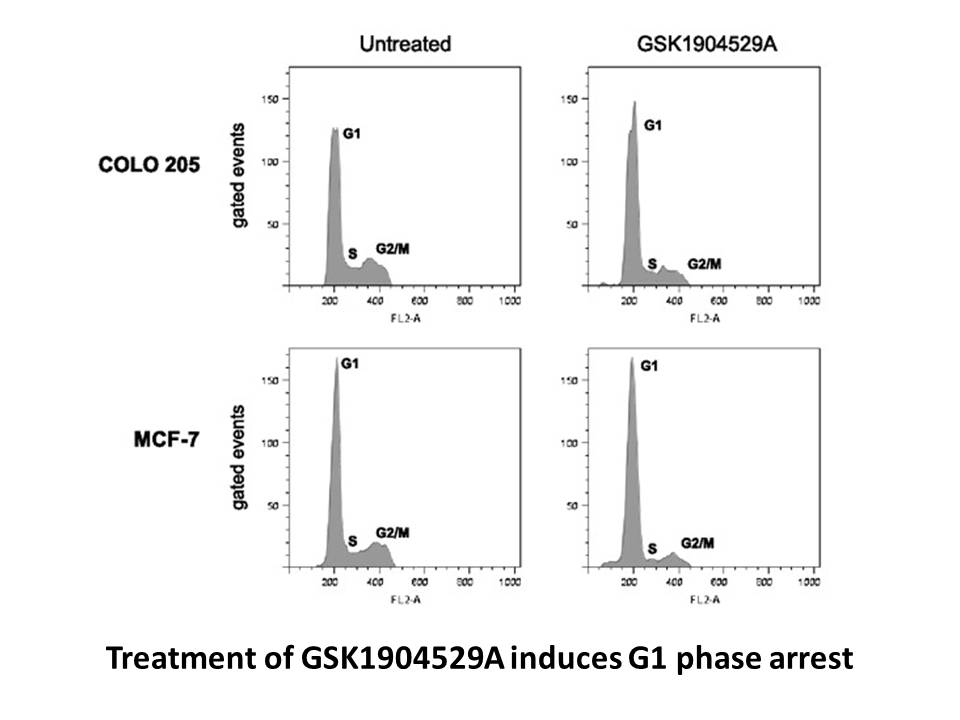
Development of lorlatinib from crizotinib (1) to a clinical candidate (6) Xalkori (1, PF-02341066, crizotinib), was the first-in-class ALK inhibitor approved by the Unites States Food and Drug Administration (FDA) in 2011 as a first-line treatment for ALK+- NSCLC patients. This section describes
-
Mechanistically NAergic signaling in the VTA
2025-02-26
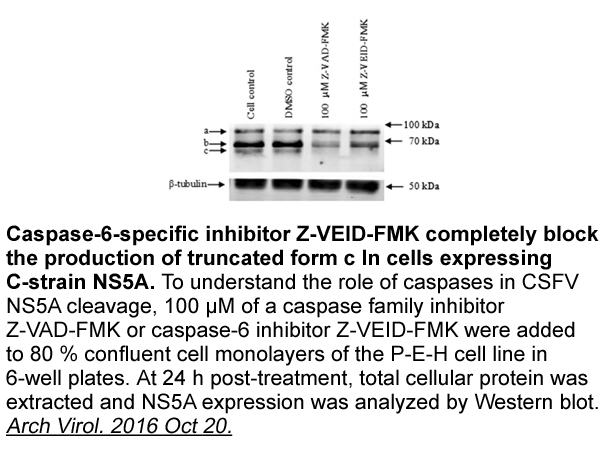
Mechanistically, NAergic signaling in the VTA modulates neuronal activity presumably via α1-AR. The majority of α1-ARs are found in the VTA are located presynaptically on unmyelinated exendin 4 and axon terminals of glutamatergic and GABAergic neurons. However, α1-ARs are also found on neuronal den
-
Mt a known to be
2025-02-26
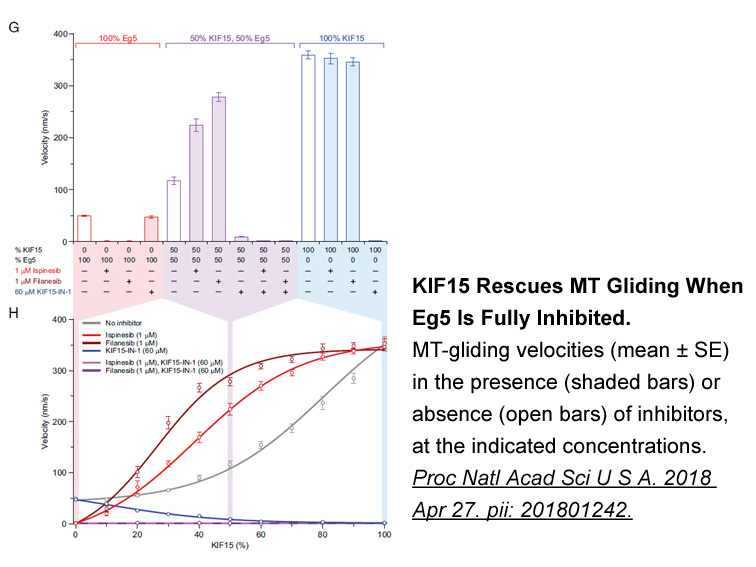
Mt2a, known to be upregulated by ozone (Inoue et al., 2008), was also increased in vehicle-pretreated rats exposed to ozone, however, this effect was markedly reduced by both PROP and MIFE, suggesting that the neuroendocrine response is linked to ozone-induced acute phase protein expression. In huma
-
Introduction hydroxytryptamine HT is found throughout the bo
2025-02-26
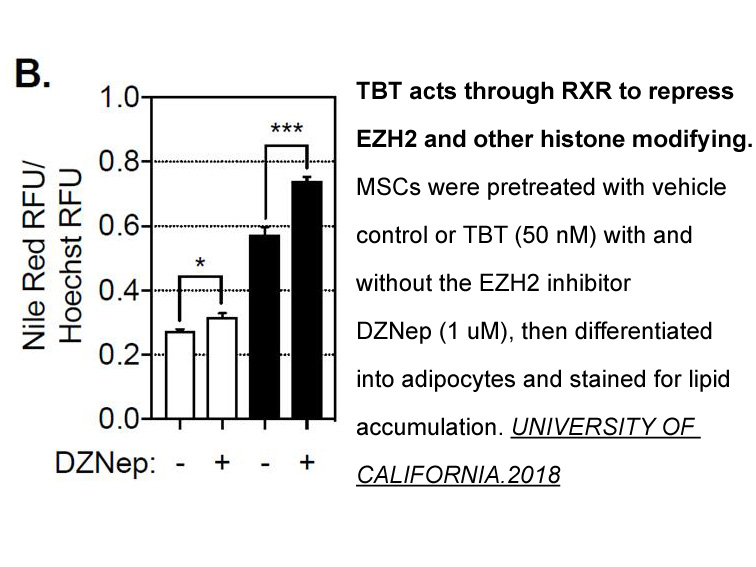
Introduction 5-hydroxytryptamine (5-HT) is found throughout the body and influences smooth muscle activity in various tissues including the intestine, vasculature and urinary CHIR-124 (Kim and Camilleri, 2000, Klarskov and Horby-Petersen, 1986, Mohammad-Zadeh et al., 2008). The current classificat
-
Adenosine A A agonists have been
2025-02-26
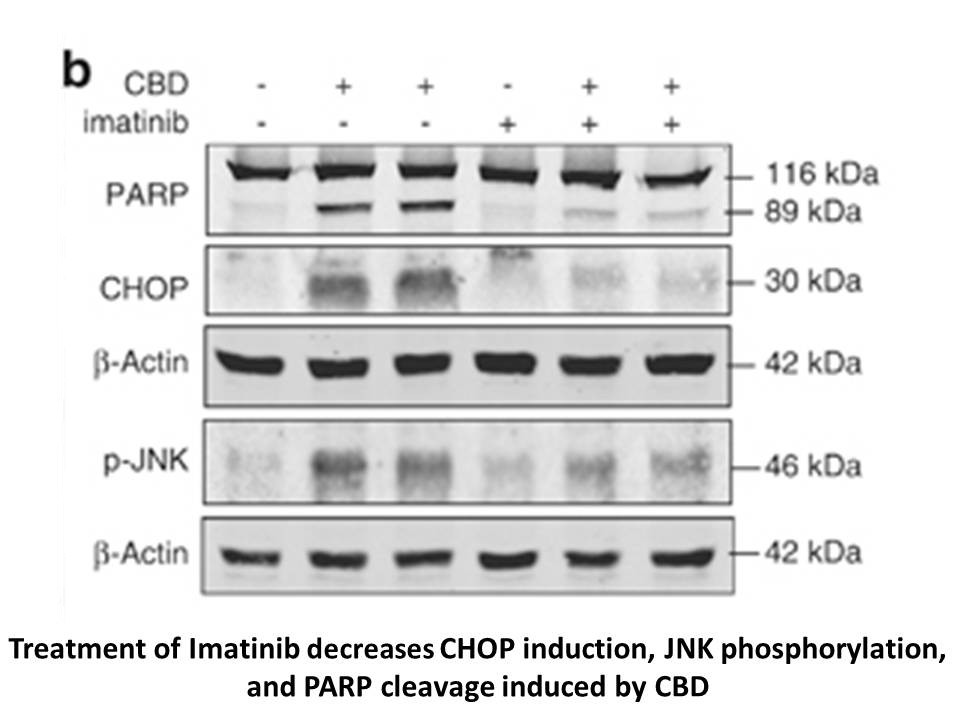
Adenosine A2A agonists have been shown to significantly reduce albuminuria in diabetic mice as well as plasma creatinine [24]. Proteinuria was greater in diabetic A2A knock-out (KO) mice than diabetic wild type (WT) mice [24]. Consistent with these findings, our laboratory initially found that prote
-
AZ20 Genetic observations from these studies suggest that GM
2025-02-26
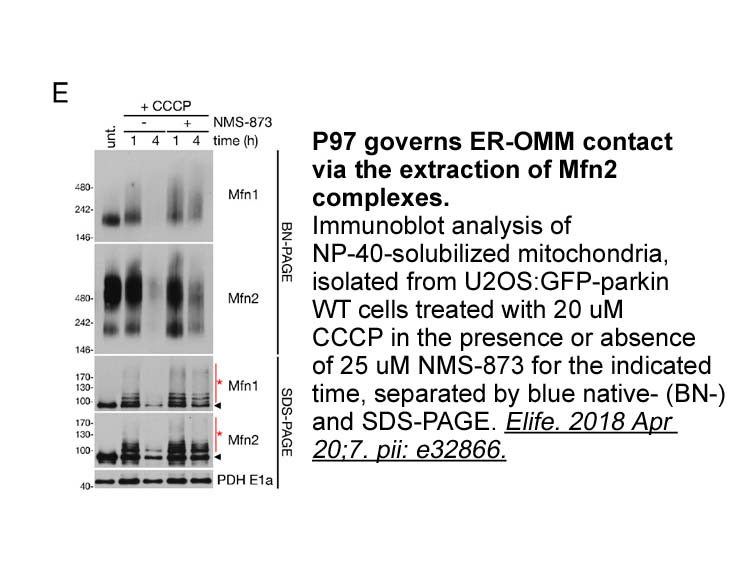
Genetic observations from these studies suggest that GMF regulates Arp2/3 complex and AZ20 dynamics in vivo13, 14. Budding yeast Gmf1 localizes to cortical actin patches, sites of endocytosis assembled by Arp2/3 13, 14. Furthermore, deletion of GMF1 exacerbates the growth defects of a cof1-22 mutan
-
These results from the present study are summarized in
2025-02-26
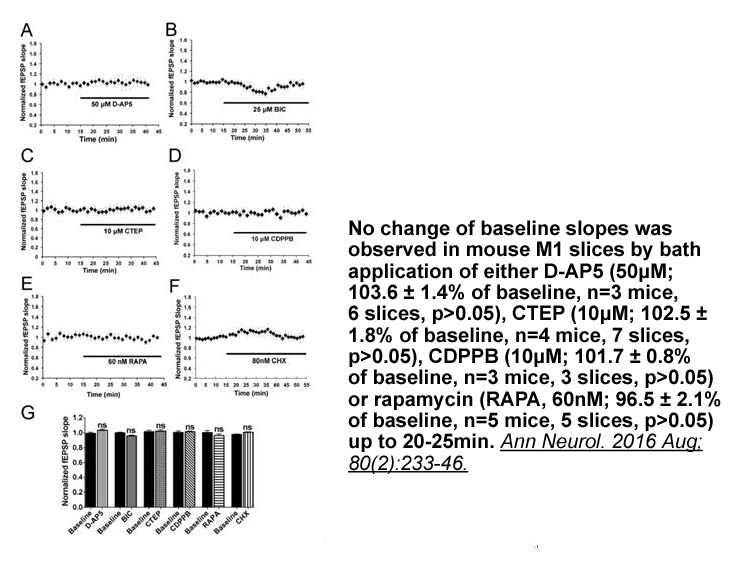
These results from the present study are summarized in Table 1. Eight drugs (doxorubicin, epirubicin, daunorubicin, idarubicin, irinotecan, imatinib, sunitinib and gefitinib) inhibited 5-HT-induced 5-HT3A and 5-HT3AB currents; three (irinotecan, topotecan and mitoxantrone) showed different responses
-
LPA binds to six specific cell surface GPCR receptors The
2025-02-26
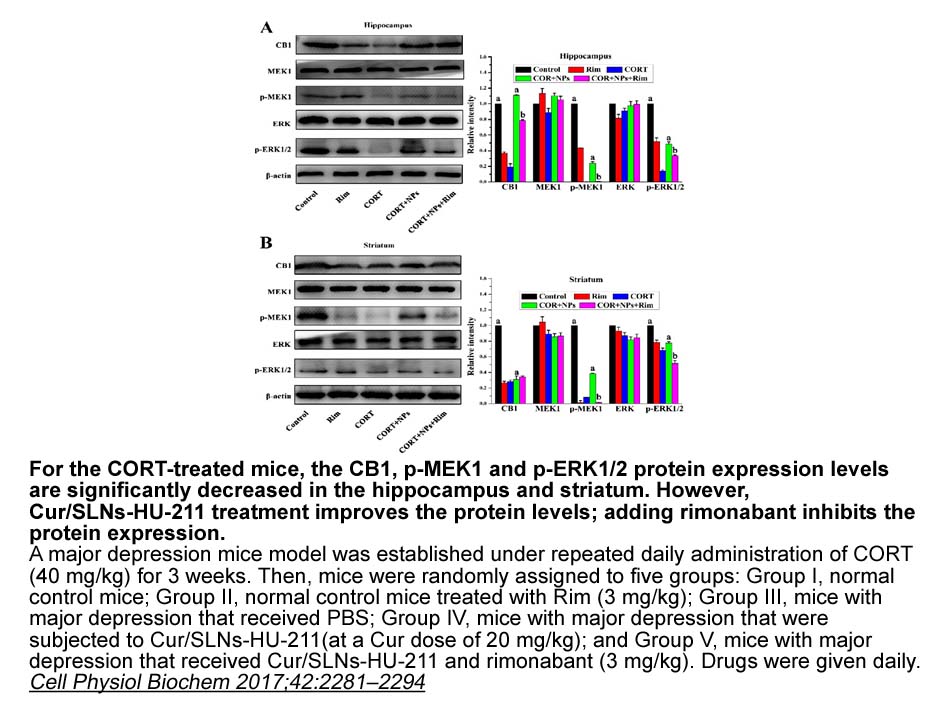
LPA binds to six specific cell surface GPCR receptors. The receptors LPA1 (lysophosphatidic receptor 1, formerly, Edg2), LPA2 (Edg4) and LPA3 (Edg7) belong to the endothelial differentiation gene family (EDG) and share sequence homology (50–60% amino DMPO homology) An et al., 1997, An et al., 1998,
-
The diagnosis of ICP is currently based on the presence
2025-02-26
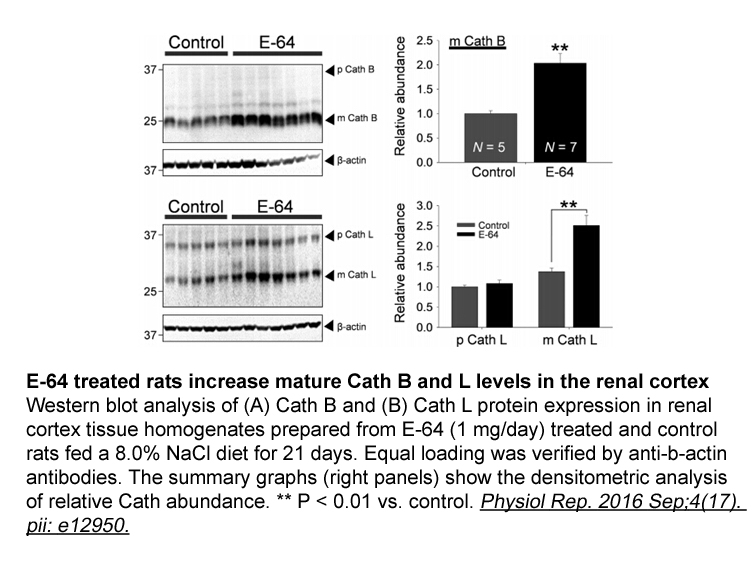
The diagnosis of ICP is currently based on the presence of pruritus, raised fasting serum TBS levels above 10μmol/L, and/or elevated serum transaminases (in the absence of diseases that cause cholestasis or pruritus) as well as spontaneous relief of signs and symptoms within four to six weeks after
-
tivozanib The first description of autophagy
2025-02-26
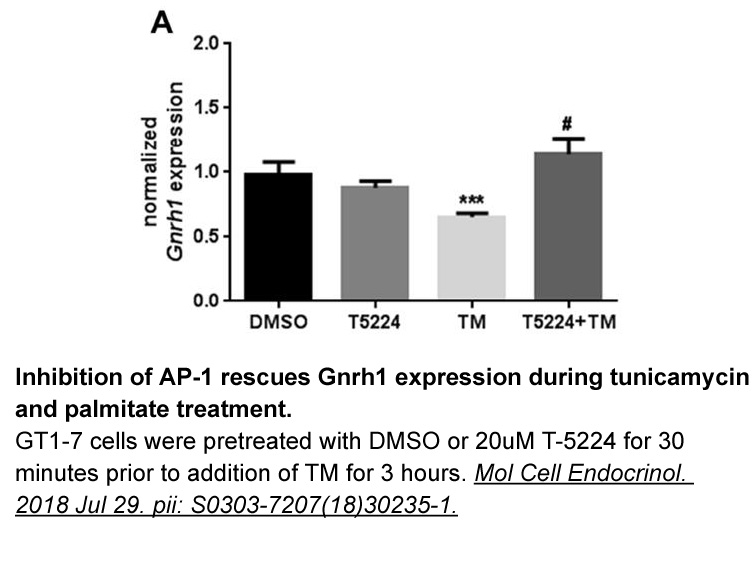
The first description of autophagy as a tumour suppression process arises from the observation that the initial step regulatory gene, Atg6/BECN1, was monoallelically lost in 40% to 75% of human prostate, breast, and ovarian cancers [31]. However, while BECN1 heterozygous mutant mice develop, with lo
-
Recent studies have indicated that V ATPase activity negativ
2025-02-26
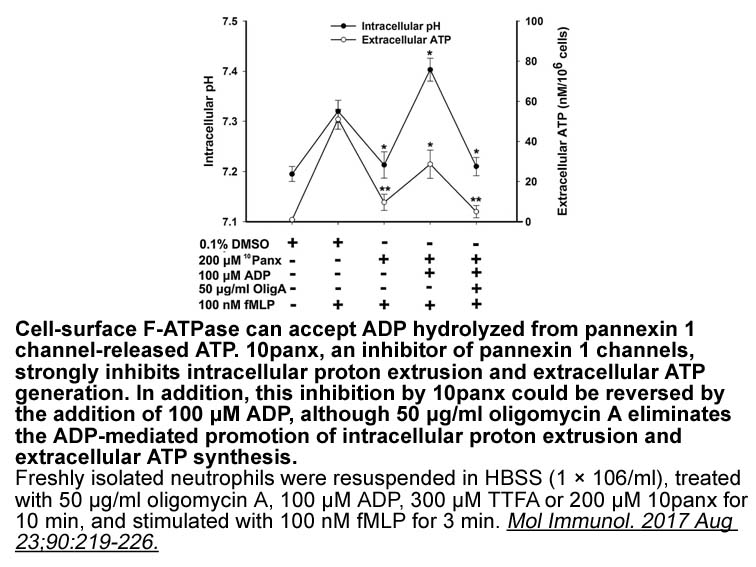
Recent studies have indicated that V-ATPase activity negatively regulates vacuolar fusion in vivo[17]. Since we have demonstrated that the pah1Δ Mirtazapine have a more acidic vacuolar pH than the WT cells, and the genes involved in the pump activity are upregulated compared to WT, the pah1Δ cells'
-
histag Tumor suppressor ARF regulates the activity of p by i
2025-02-26
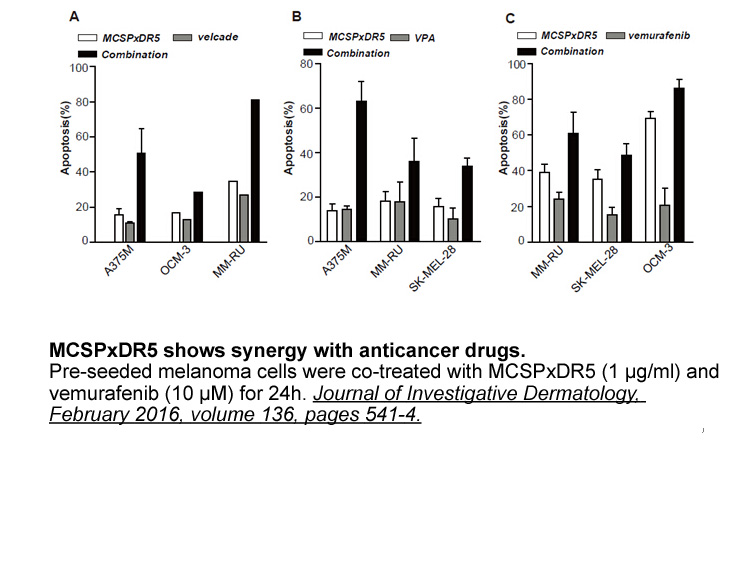
Tumor suppressor ARF regulates the activity of p53 by inhibiting the functions of Mdm2. ARF is induced by hyperproliferative signals emanating from oncogenic Ras, overexpressed c-myc, and from deregulated E2F . ARF prevents p53 degradation and leads to increased p53 function by sequestering Mdm2 to
-
TTNPB AP activation is known to upregulate downstream target
2025-02-26

AP-1 activation is known to upregulate downstream target genes including TTNPB D1, c-myc, Bcl-xl, MMP-9, EGFR, and specific miRNAs that are involved in progression and metastasis of tumors. Moreover, matrix metalloproteinase-2 has been shown as a downstream gene of AP-1, triggered by 15-HETE in the
-
Thus phosphorylation of p was used to
2025-02-26
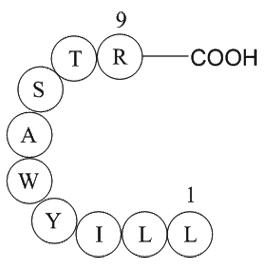
Thus, phosphorylation of p38 was used to measure the intracellular potency of ASK1 inhibitors. In this assay, HEK293/AP-1luc vitamin k3 expressing human full-length ASK1 were incubated with compound for 18 h and then lysed and the level of phospho-p38 was quantified using the HTRF assay [33]. Res
-
To enhance the accuracy of SEs in
2025-02-26
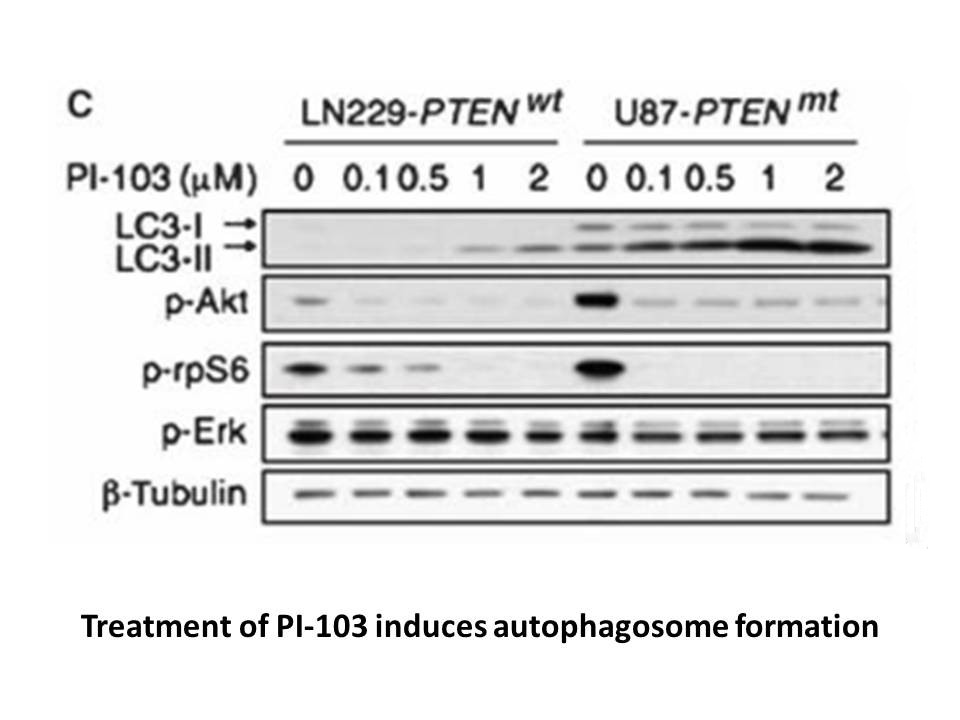
To enhance the accuracy of SEs in eliminating cancer cells, the mAb recognized by specific thapsigargin on tumor cells were fused with SEs. Fab C215 or C242 fused with SEA promoted apoptosis in human colon carcinoma cells via Fas (Dohlsten et al., 1994, Litton et al., 1996). SEB-incorporated exosome